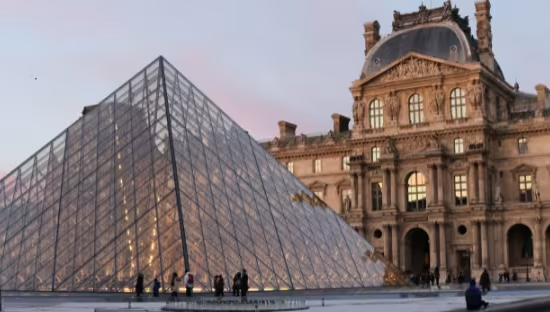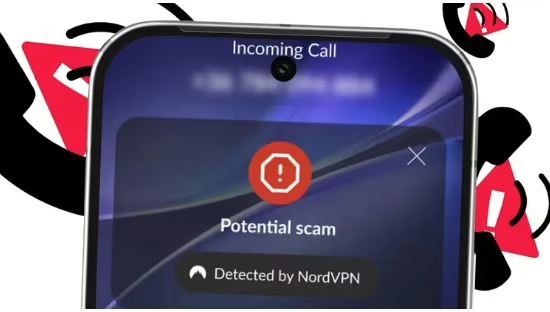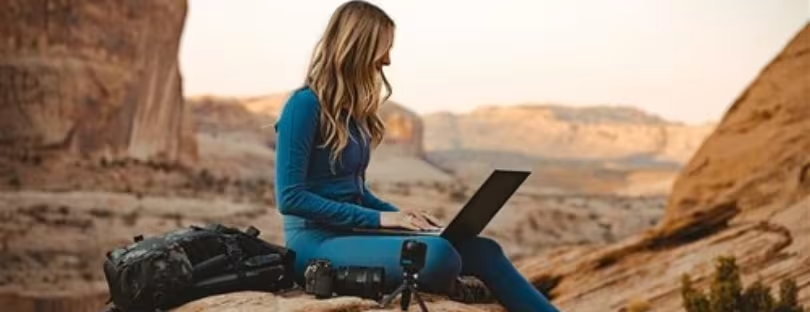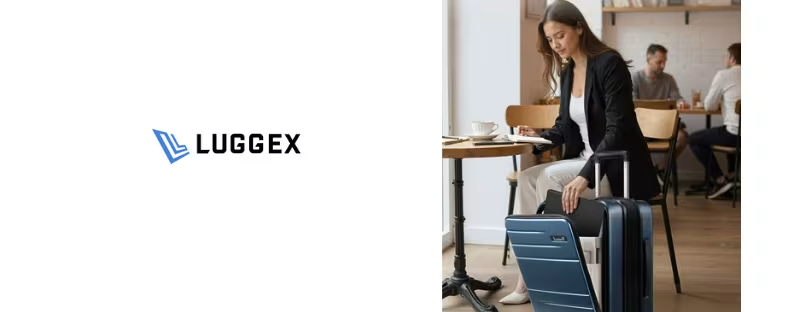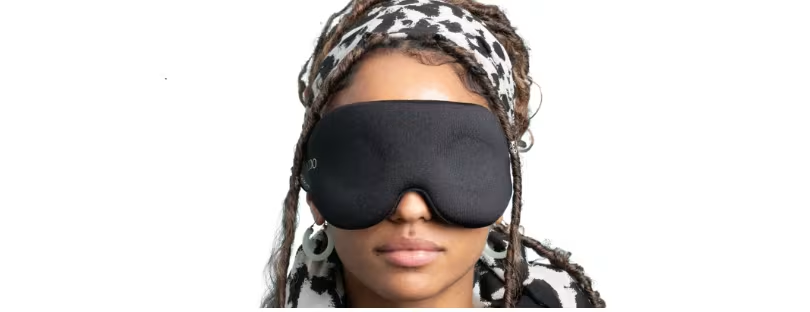
The Smart Sleep Masks That Actually Improve Jet Lag Recovery
If you’ve ever landed in a new time zone only to feel like your internal clock has been entirely hijacked—hello, jet lag—you’re not alone. We’ve all been there: dragging through the day, scrambling to sleep at bedtime, or waking up at weird hours. But what if I told you there’s now a wearable—specifically a sleep mask—that doesn’t just block light, but actively shifts your circadian rhythm to fight jet lag? smart sleep masks for jet lag
Meet the new category of smart sleep masks: Dodow, Sound Oasis’s Glo to Sleep, and Lumos.
Why light—and timing—are key to beating jet lag
First, quick science: jet lag happens when your internal, or circadian, rhythm gets out of sync with your new location’s cycle. Light exposure is the most powerful cue for resetting that rhythm—timed correctly, light can advance or delay your internal clock by hours. Getting morning light helps with eastward travel (an advance), evening light helps after westward travel (a delay).
Smart sleep masks plug right into that principle—delivering controlled flashes of light while you’re asleep to shift your clock without you having to stay awake or wear a light box.
Dodow – breathing + gentle light for quicker nods
You might recognize Dodow—not technically a mask, but a light-based breathing aid. You tap it, a blue halo pulses on your ceiling. You sync your breathing—inhale as it expands, exhale as it dims—gradually slowing from about 11 to 6 breaths per minute. The hypnosis-like effect helps calm your mind and triggers a parasympathetic “rest” state.
Originally for stress-related insomnia, the makers note that jet lag and irregular sleep schedules also respond well to Dodow’s gentle rhythm training. Users often claim they fall asleep 2.5 times faster and can reboot after waking in the middle of the night by tapping it back on. It’s safe, portable, no blue‑light worry (it’s very dim), and costs modestly—around €50.
Sound Oasis “Glo to Sleep” – meditative gaze therapy in a mask
Sound Oasis offers a sleep mask called Glo to Sleep. Here instead of audio, you gaze upward at a soft blue light inside the mask. No headphones, no noise—but it’s designed to help slow brainwave frequency, much like meditation or self-hypnosis.
Reviewers report it’s comfortable, silent, and effective at helping the mind un-clench. One user noted it “works to slow the frequency of the brain’s electrical activity, … without any previous training”. This can help you fall asleep faster or re‑enter sleep after waking mid‑night—both handy jet lag hacks. The price is about €40.
Lumos Smart Sleep Mask – engineered light therapy that shifts your circadian clock
Now let’s talk about Lumos, the real game‑changer for travelers. Lumos takes engineered LED flashes—timed to your journey—delivered through the mask while you sleep. These pulses subtly cue your internal clock to adapt to your destination’s time zone—even before you arrive.
Designed off Stanford studies showing that brief light flashes during sleep can advance or delay circadian phase, Lumos lets you program modules like “East‑ward travel” or “night shift prep” based on your flights and normal bedtime. Department of Defense–backed studies and field trials in shift workers suggest consistent users fell asleep faster, slept longer, and reported greater alertness post-shift.
A test-author blog even says: “This smart sleep mask cured my jet lag” after using it on travel nights.
Breaking it down—how they help jet lag
| Device | How it attacks jet lag | Best for… | Practical considerations |
|---|---|---|---|
| Dodow | Guides breathing to relax your system | Falling asleep fast, calming at midnight | Cheap, no sound, portable, indirect |
| Sound Oasis Glo to Sleep | Blue light gaze slows brain activity to unwind | Winding down, unconscious sleep onset | Very gentle; mind-calming rather than flag‑shifting |
| Lumos Smart Sleep Mask | Timed light pulses shift circadian phase | Syncing internal clock with new time | More expensive, app‑driven, requires planning |
How to use them authentically during travel
Before your trip:
- For eastward travel, use morning light exposure to advance your clock. Dodow or Glo can help you fall asleep earlier, reducing anxiety and enabling shifting sleep routine.
- For westward travel, shift bedtime later gradually, and use apps or masks—not too early.
During travel + on arrival:
- Lumos can start its sleep-light program the first night—help your clock align overnight.
- Dodow or Glo can help if you’re struggling to fall asleep or keep waking up mid‑night.
- After waking in the morning, get real sunlight if possible to reinforce the new rhythm.
Continuing the cycle:
- Use the mask nightly for a few nights in your destination to consolidate the new rhythm.
- Pair with basic sleep hygiene: darkness, quiet, consistent bedtime, limited screens and caffeine.
Real talk: does it really work?
I get it—gadgets can feel gimmicky. But the principle is solid: the circadian system is powerfully sensitive to light, even when sleeping. Real studies show flash‑timed masks can shift your rhythm faster than relying on daylight alone.
User reviewers—especially for Lumos—share personal stories of waking in Beijing feeling “normal” after jumping three time zones. One blog post even titled, “This smart sleep mask cured my jet lag”. For Dodow, testimonials say it helped them fall asleep twice as fast and reclaim confidence in sleep—essential for travel recovery.
Tips if you’re trying one out…
- Know your direction of travel—east or west—so you can choose when to expose yourself to light or avoid it.
- Let it be part of the ritual, not a crutch: use it consistently—not just once—and pair with other sleep‑friendly habits.
- Give it a few nights—like any training tool, your brain needs repetition.
- Be cautious of overstimulation—some people experience mild disturbance from light flashes. Dodow and Glo are gentler; Lumos has a small percentage that find it noticeable.
- Don’t skip the basics—masks help, but dark room, reduced screens, satin flight times, hydrated diet, and light exercise all support recovery.
Final thoughts about smart sleep masks for jet lag
Smart sleep masks like Dodow, Sound Oasis Glo to Sleep, and Lumos are more than novelty—they’re grounded in real science about entrainment and cardiac‑coherence breathing, and flash‑light circadian manipulation. Each works slightly differently, whether calming racing thoughts, slowing brainwaves, or resetting your internal clock.
If you’re hopping time zones and want to hack your bodyclock gently and naturally, these are worth a shot. Especially Lumos, if you’re serious about fast jet‑lag recovery. Dodow and Glo make lovely companions for wind‑down and re‑sleep phases, anytime. Try pairing one with light timing apps or travel‑adjust strategies for the full effect.
So next time you’re crossing time zones, consider spring‑loading your sleep game—not just earplugs or blackout curtains, but a smart mask that helps your body actually catch up.
Safe travels and better sleep ahead!








